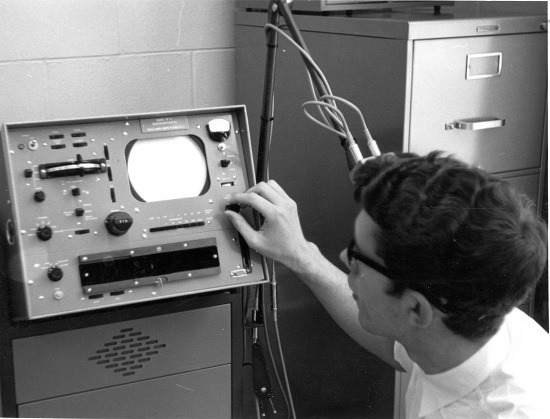Am I the greatest forensic anthropology lecturer in the world? No. But do I get up every day, go to work and strive to be the best lecturer that I can? Also no. But I do make a token effort to get people to learn. This can take different forms, depending on the context and the learners we are working with. And now that I think about it, I’d say that most of my teaching time over the past couple of years has actually been spent supporting forensic practitioners of various sorts through CPD, rather than on-campus delivery. Which is weird to be honest, because I had assumed that I do more with degree students than I actually do. Huh – an identity crisis for another time, I think…
Anyway, I bring this all up since this week marks the end of the final week in our Durham University-led online forensic archaeology and anthropology course. It’s been running for six weeks and has covered a range of topics from excavation to sex determination to commingled graves. Our MOOC is really an evolution of our previous face-to-face courses. As you know, because I keep going on about it, Durham Uni’s best Professor Rebecca Gowland and I have offered a short course on forensic archaeology and anthropology to forensic, crime scene and police practitioners for a decade. It’s been very successful and we’ve now gone global with it, working with staff from all manner of countries – sometimes with them coming to us, and sometimes with us going to them. In fact, it even features as a case study example in the book Facilitating Work-Based Learning: A Handbook for Tutors by Prof Ruth Helyer. Actually – go and buy the book now, because Ruth passed away a few months ago and she was brilliant and exhaustingly energetic and was crucial to helping us kick-start the course in the first place.
The challenge we always faced when setting this provision up, was how to make an inherently practical course work online. We couldn’t go into the field, and even if we wanted to, you know, it’s autumn and it’s wet and cold. And we couldn’t take everyone into a lab. Osteology is an experiential subject, and best learned by studying the remains themselves (albeit with the ethical considerations this brings). Thankfully we’ve spent years developing an understanding of 3D models, so we were able to create a series of videos and a develop virtual lab. This application of digital resources in teaching is something we discuss in our book,
Human Remains: Another Dimension.
Highly interactive models of the bones allowed all learners to engage with the osteology. And all without having to get out of their pyjamas. Which is surely all any of us really wants. We also made sure we included plenty of applied examples, and here we worked with the
ICRC who supported the course and provided some interesting cases.
We have been blown away by the interest in the course. We used Future Learn because we needed a platform which was free for practitioners to access. Our own VLEs would have required far too much IT support to work in addition to the cumbersome process of enrolling students ourselves. Because we used Future Learn instead (and I should say that it is not an easy system to use at all), the result was that anyone could do the course. And they did – over 5.5 thousand people signed up! From all over the world. To be honest, the volume took us by surprise (maybe I’m too modest about how interesting we are…) and this meant that keeping up with the very active discussion boards was a challenge at the start. But we got into the groove and had able help from
Leslie Quade.
There were a lot of retired people doing the course, which was great to see, and underlined the importance of Future Learn and similar platforms in the support of life-long learning. The course highlighted the important EDI aspect of such courses – we had a lot of people from remote parts of the world, people who didn’t have the funds to study, who were house-bound or had young children and so could not study during ‘regular’ hours. This online option was their only way of developing their knowledge and skills. We also had lots of forensic practitioners, particularly from the US, who worked in labs, in the field, or did search and rescue activities. Their contributions to the discussion boards were fascinating. We saw a lot of archaeology students too, looking to gain addition knowledge. All-in-all it was a real cocktail of learners.
I really like teaching. As you can tell from my National Teaching Fellowship award (oh my god, that’s so embarrassing, I can’t believe you brought that up…). And I particularly like the challenge of articulating our subject for broader audiences and through different fora. This has been a really interesting experience in that regard, although to be honest I did piss-all of the heavy lifting compared to
Becky. Anyway, glossing over the whole riding-on-her-coattails-thing, if you haven’t joined us on the course yet, well that’s disappointing to be honest. But we’ll launch again in 2020 – and you are cordially invited.
